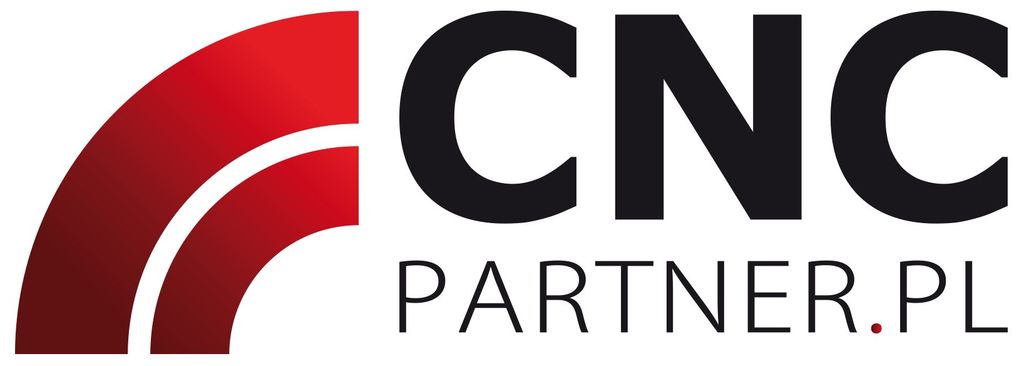WELDING
WELDING
Welding is an indispensable part of the metalworking and our company as a professional performer-producer of metal parts, offer it to our customers. Several years of experience of our team makes us able to meet even the most demanding needs of our customers. We are able to carry out the single and production-line items, maintaining the highest quality, and with high repeatability of the product. For particular indents we use:
- Electric welding
using an electric arc at temperatures up to 4000 ° C, bonding sheet metals with 1 mm to 80 mm thickness. We use coated electrodes (111 Method). - Shielding gasses welding
MAG 135 method (Metal Active Gas) – shielded arc welding chemically active gas (CO2, CO2 + inert gas) and TIG 141 method (Tungsten Inert Gas) – arc welding tungsten inert gas (Ar , He, Ar + He). Arc welding occurs between tungsten electrode and the work piece surface melts the material.
Despite the long-term and dynamic development of welding, this area continues to be characterized by a low degree of formalization, both in theory and in practice. Therefore, in many cases, after the physical – mathematical calculations, we conduct a series of tests to verify the calculations performed in order to achieve the objective. Despite modern software calculation created for welding, it turns out that the initial assumptions do not meet the requirements set by the client.

Experience gained through all these years allows us to receive and execute orders welding according to the maxim that “metal is weldable by the desired extent by the specified method and for the type of construction, if suitable, using precautions, corresponding to the degree – to make connections between two elements. These connections are to ensure the continuity of the metal, and thus create a welded joint, which, by its local characteristics and then meet the desired requirements of the general underlying their evaluation”. The development in the XXth and XXIth Century in many steels, including, inter alia, low carbon steel, with high, high and very high strength, and a wide range of materials with low iron content necessitated the use of multiple custom methods of welding. Established methods resulted in the possibility of welding materials which have were non-welding before.
A suitable method, with special emphasis on technological factors, such as welding method, linear power curve, the heating temperature before and after welding, heat treatment after welding, welding sequence, welding position, physico-chemical properties of additional materials, environmental conditions, allow for the wider use of welding for the complex metal components.
AS AN EXPERIENCED PARTNER IN THE PRODUCTION WE REALIZE COMPLETA WELDING OF MOST MATERIALS, INCLUDING:
- aluminum and its alloys;
- low-carbon and low-alloy steels;
- copper and its alloys;
- high-alloy steels;
- titanium and its alloys.
For more information on the performance of CNC milling services, please contact our office by phone or e-mail

